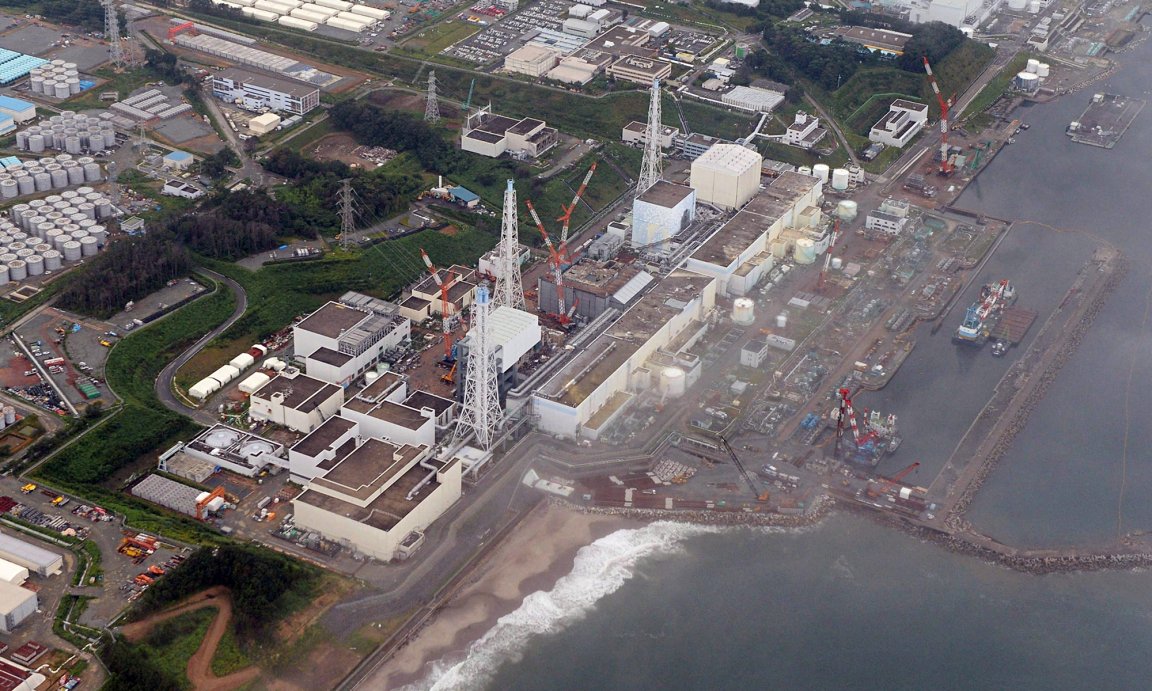
MITIGATING FUKUSHIMA, FIVE YEARS AFTER
Five years after the disastrous Fukushima nuclear power plant meltdown, the surrounding ground and the halls of reactor 3’s building are still racked with radiation. Clean-up efforts are underway, and the initial disaster response has helped mitigate the scale of disaster, but it is estimated that it will take 30-40 years before the plant is fully decommissioned.
Tokyo Electric Power Company (TEPCO), the power company that operated the plant, has been using robots to analyze and assess damage of the plant. These are especially used in areas where radiation levels prevent human oversight. Toshiba, the tech giant that was also the supplier of two of the reactors used in power plant, has previously pledged its support in undoing the effects of the disaster.
Almost a year ago, TEPCO utilized a scorpion-like robot from Toshiba to study the extent of damage in reactor 1 of the plant. Now, it seems that more robots will used in the decommissioning of the plant.
Toshiba just demonstrated an amphibious robot which it has developed specifically for the removal of fuel rods in reactor 3 of the power plant. The high level of radiation in the area has forced TEPCO to conduct the dismantling process remotely as it fuel rod extraction unlike previous efforts in Reactor 4.
DISMANTLING THE REACTOR
The robot, described in a press release as a Fuel Removal System, is scheduled to begin operations in 2017. Equipped with two arms, the robot is able to grab and slice debris and fuel rod assemblies, the nuclear material that fuels the reactor. It is also designed for amphibious use so that it can enter the spent fuel pool, a form of storage pool for the used fuel rods.
Its goal is to remove the 566 fuel rod assemblies and to cut it into sizes that it can transfer. It will then transfer these to a secure transport vehicle which will move debris and the fuel to a temporary storage site.
In the same press release, Toshiba has announced that it will continue to develop technologies that will help tackle the disaster. Toshiba has also previously provided a quadruped for use in Fukushima, making this new development an addition to the crowd of technology used in the clean-up efforts.
This move to further use of robotic technology in the clean-up efforts of Fukushima is timely considering that just last year, the Japanese government provided compensation to a worker who developed cancer, a tacit acknowledgement that radiation released from the plant was well beyond the established safety limits.